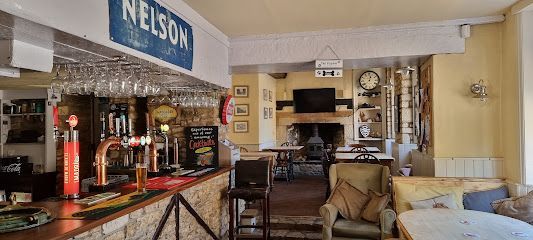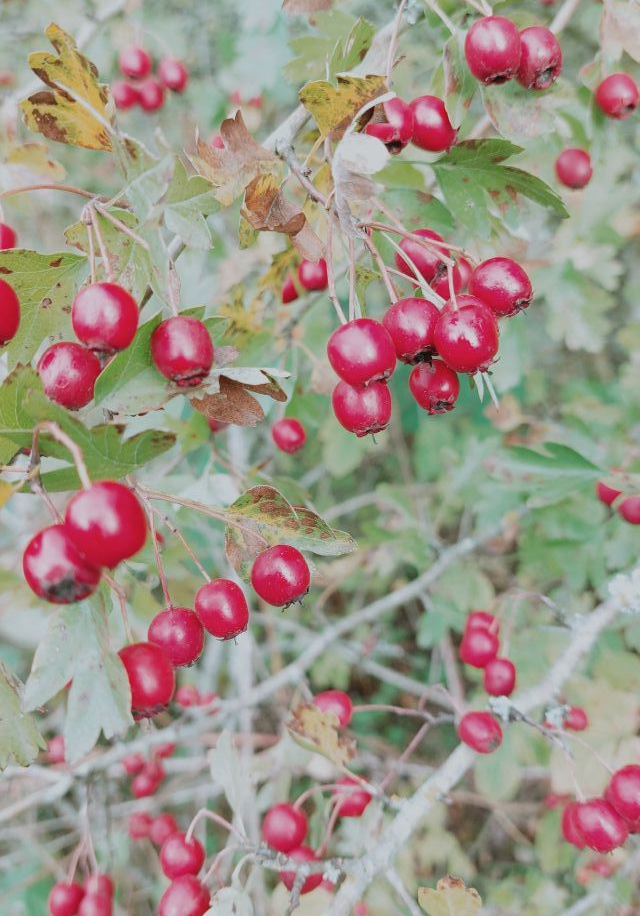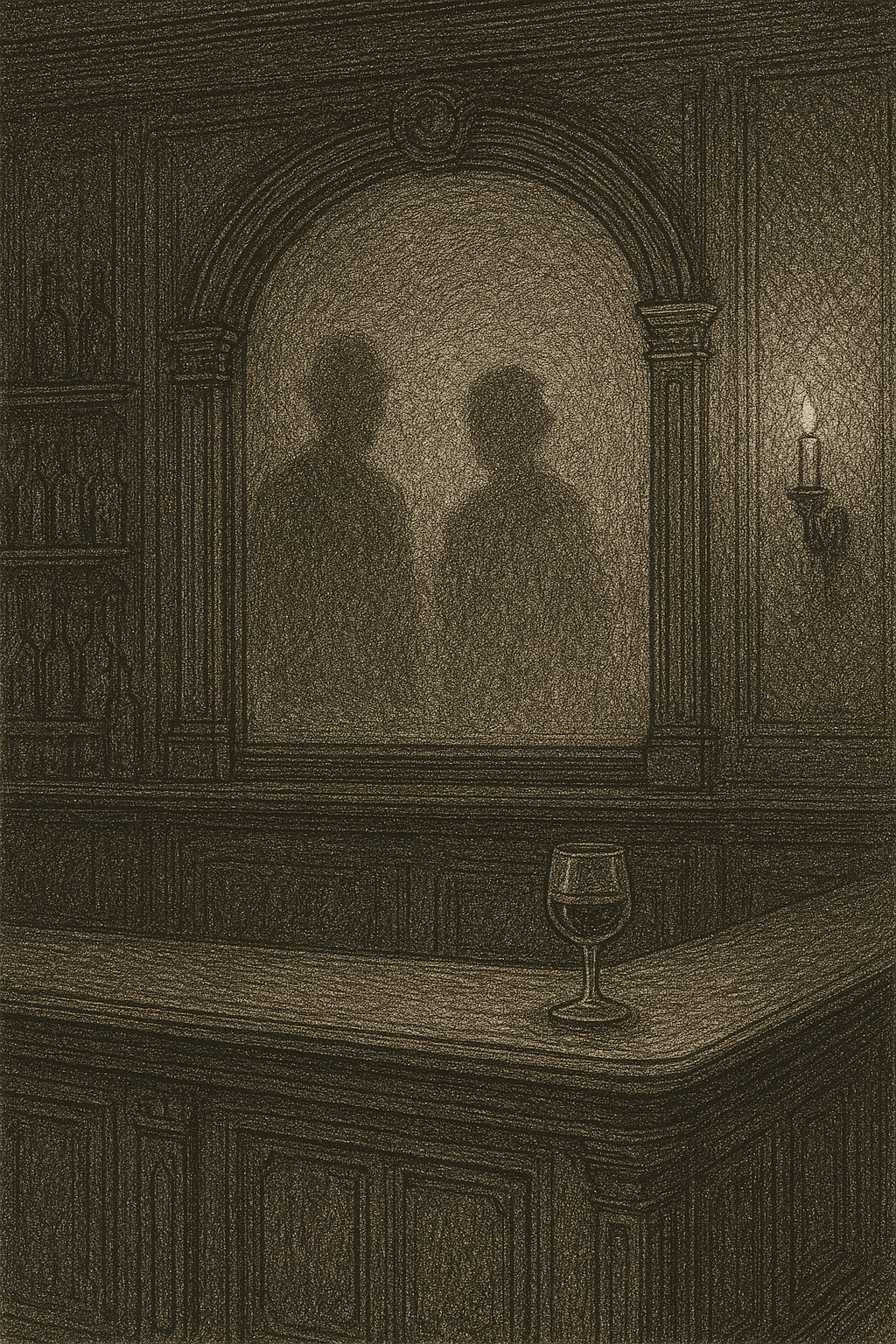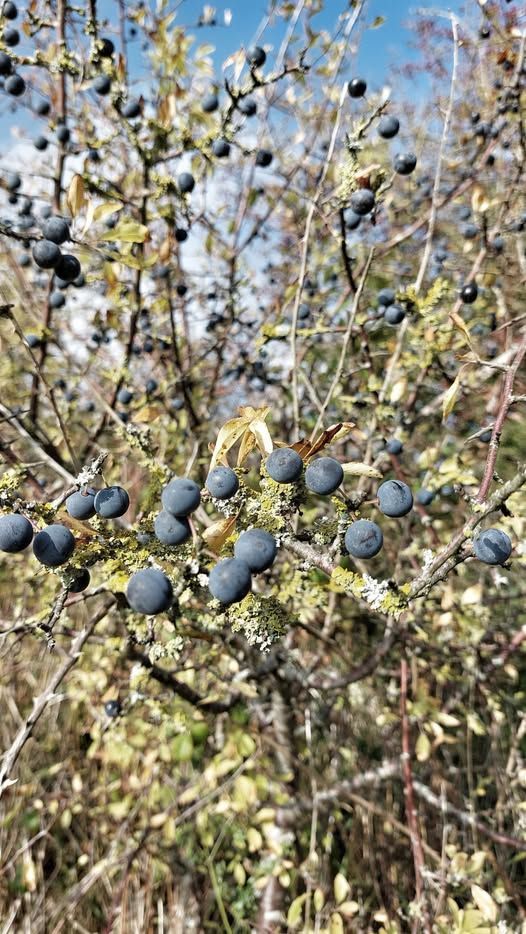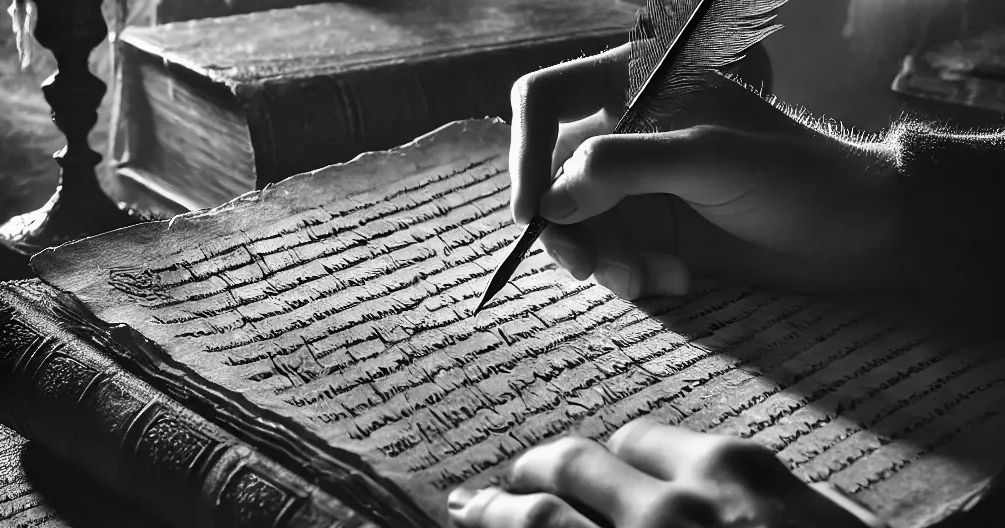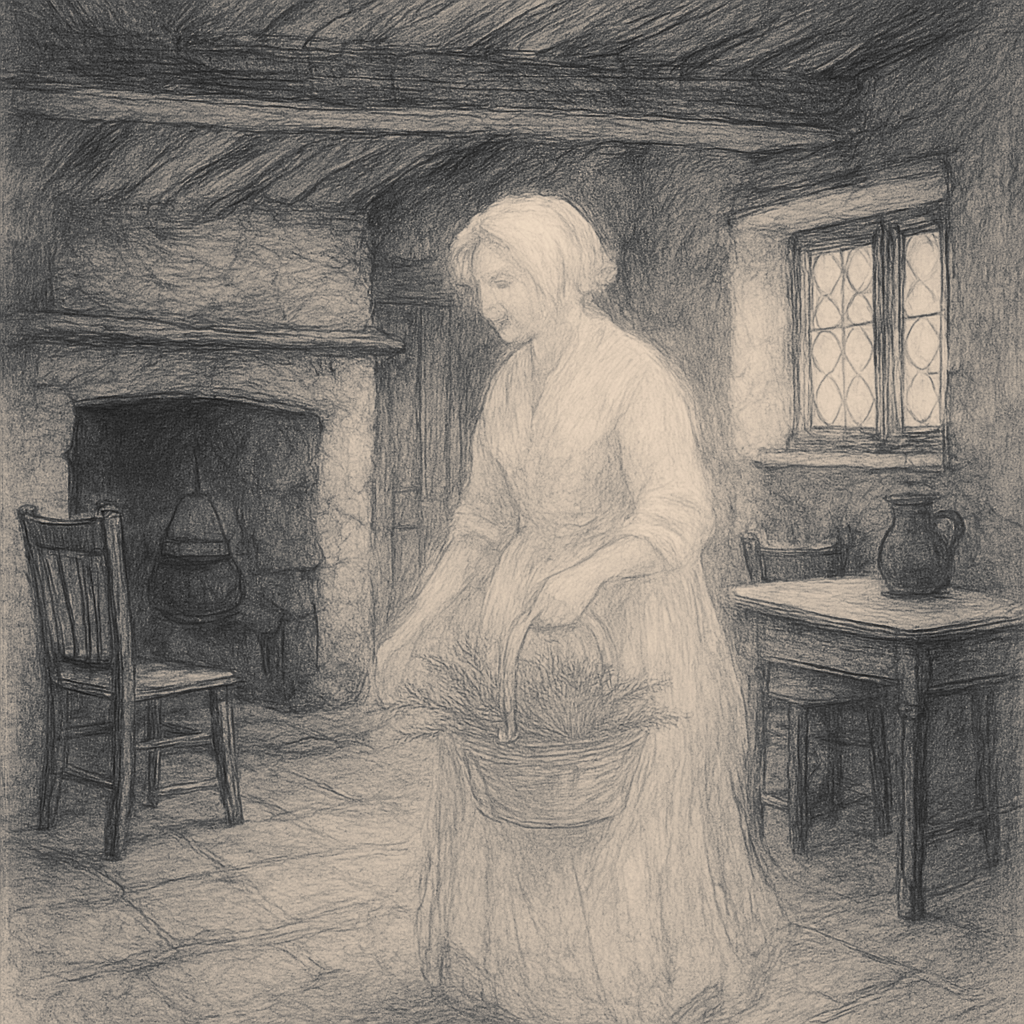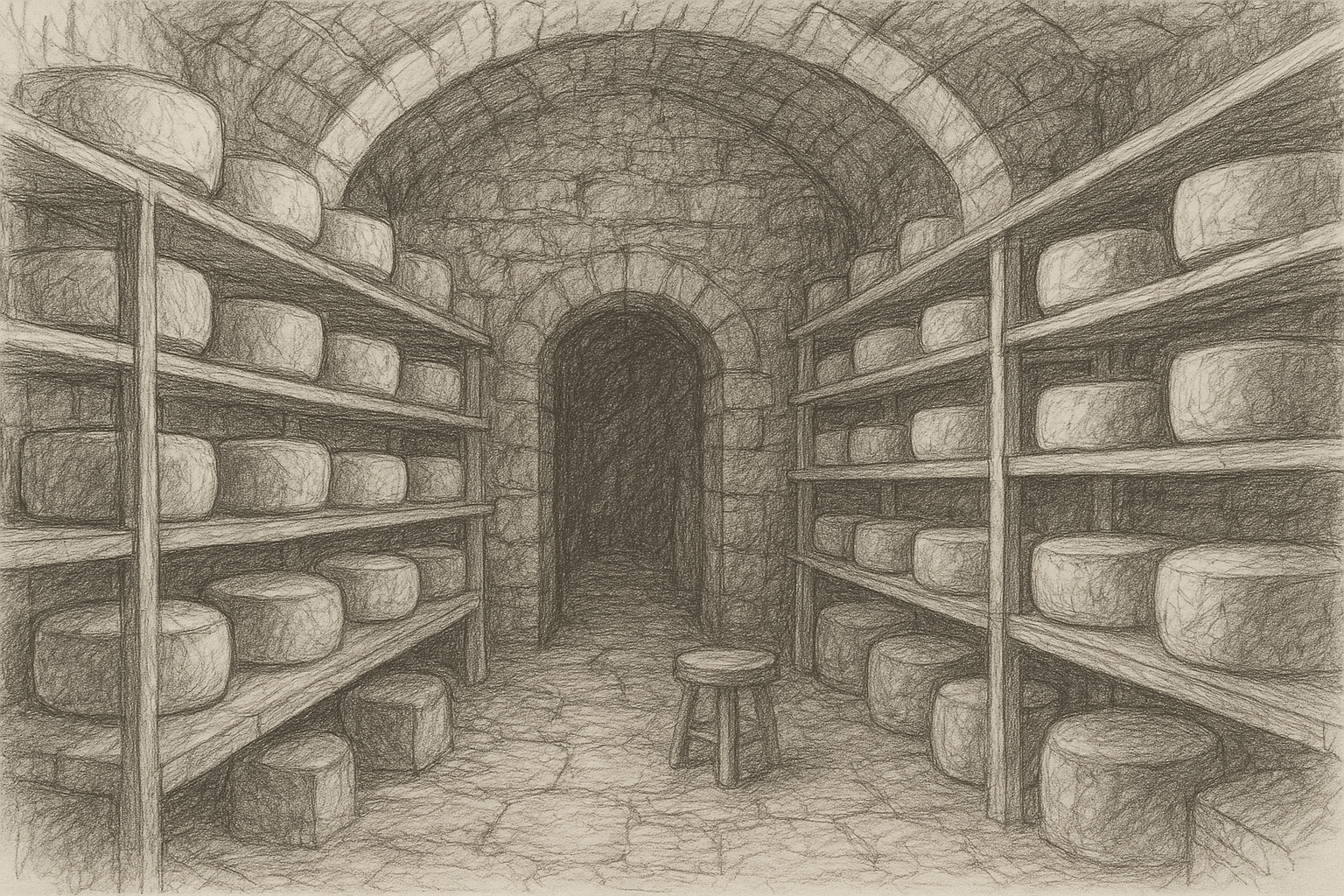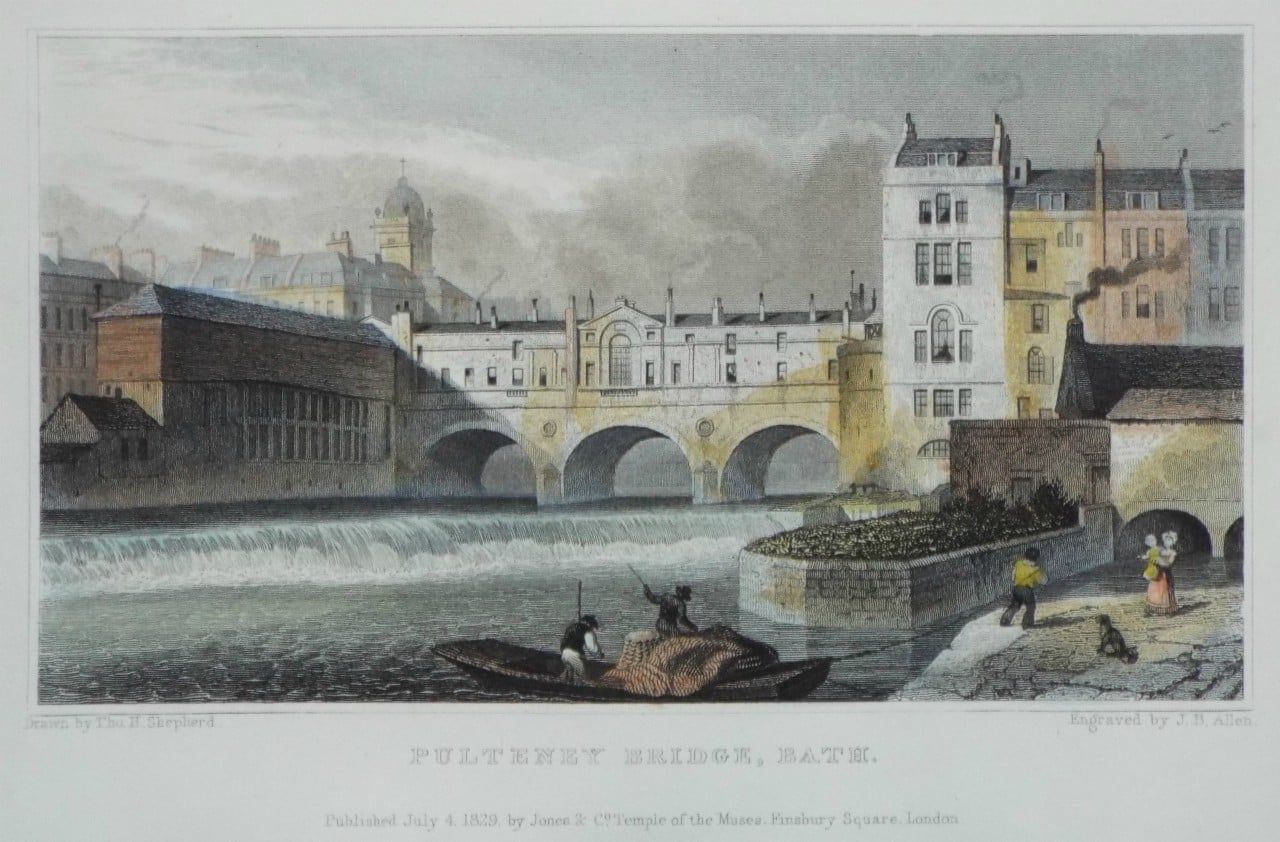Lord Nelson Pub - Marshfield - Near Bath
Lord Nelson Pub - Marshfield Near Bath
Village History -
From the evidence of Saxon charters, it seems that there was a settlement in this area from at least AD 931.
Marshfield appears in the Domesday Book (AD 1086) as 'Meresfelde' -- 'that tract of open land on the boundary', the boundary in question being the one between the Saxon kingdoms of Wessex and Mercia.
The town's former wealth derived from its position in the heart of Cotswold wool country, near to Bath and Bristol.
Marshfield was granted a market in 1234
It is recorded in the annals of Tewkesbury Abbey that on 1 June 1242, in the reign of Henry III, Walter de Cantilupe, Bishop of Worcester, in whose diocese Marshfield then stood, came to dedicate a newly built church at Marshfield.
The monks of Tewkesbury Abbey restored and rebuilt the church in the perpendicular style in about 1470.
The majority of buildings lining the street are of 18th-century origin although several buildings date from the 17th century.
The building style is largely Georgian.
The facades of the buildings are unified by the consistent use of local stone and other materials, which adds character to the village.
Civil War
On 4 July 1643, during the Civil War, a Royalist army under Prince Maurice and Sir Bevil Grenville entered Marshfield as an overnight billet and used the village as a provision store for the King's army of 6,000 men.
The next day the royalists were tempted into an abortive Battle at Lansdown, each side withdrawing with heavy losses.
Sir Bevil died of his wounds and the Royalists fell back on Marshfield: almost every house had wounded men on its hands.
The Cromwellian army moved into the village as the Royalists withdrew, and ravaged the church.
Highwaymen
The place of the village on the road to Bath placed it in the realm of the highwayman in the coaching days.
Near to the Three Shire Stones on the Fosse Way near Marshfield there lies, even to this day, a stone that marks the spot of what the Bath Journal calls "wilful murder against some person or persons unknown".
The stone marked E.R. 1761 referred to one Edmund Roach aged 38 years who was set upon and murdered by a highwayman, as reported at length in the Bath Journal
One rendezvous for the infamous Dick Turpin on the London-Bath road was reputed to be Star Farm, formerly a posting-house, half a mile east of Marshfield.
On 7 July 1763, a highwayman robbed a gentleman's servant of 5/- at Tog Hill turning, amongst other robberies.
On 29 January 1798 three highwaymen well-mounted and armed, stopped Mr Stephen Toghill of Marshfield at Lynch Hill, leaving him severely wounded.
The pub was a former house, built c 1700's
Hauntings-
In 1988 there were reports of strong poltergeist activity in the pubs kitchen.
Loaves of bread would fly off the shelves along with various pieces of cutlery, items completely vanished and were suspected as lost, to then be found again back in their original places.
Fridge doors were opened, which led unfortunately to the contents being throw out, so this activity was not only annoying but expensive!
The pub dogs also sensed a presence which led the owners and staff to think there was something paranormal at play.
This case at the time attracted the attention of people who investigated psychic phenomena and a buzz of interest in the village.
It emerged that the building which houses the pub had reports of sporadic outbreaks of similar paranormal activity over the years.
This particular series of events occurred during and after extensive refurbishing work, changes to the buildings structure seemed to infuriate the spirits within.
Even with decades passing between spates of activity.
It would be interesting to know if anything has happened in more recent years.
Thoughts-
Could this be a disgruntled ex owner or resident of the house prior to it being a pub? as the activity would point to maybe a spirit having a strong attachment and possessiveness over the building.
This is quite a personal one for me, as I had close relatives that lived on Marshfield and I spend most of my childhood Summer holidays at their house in the village not far from the pub.
It was interesting to see about the civil war links which I didn't know about before.
Source - Wikipedia & Haunted Bath - David Brandon
Share
